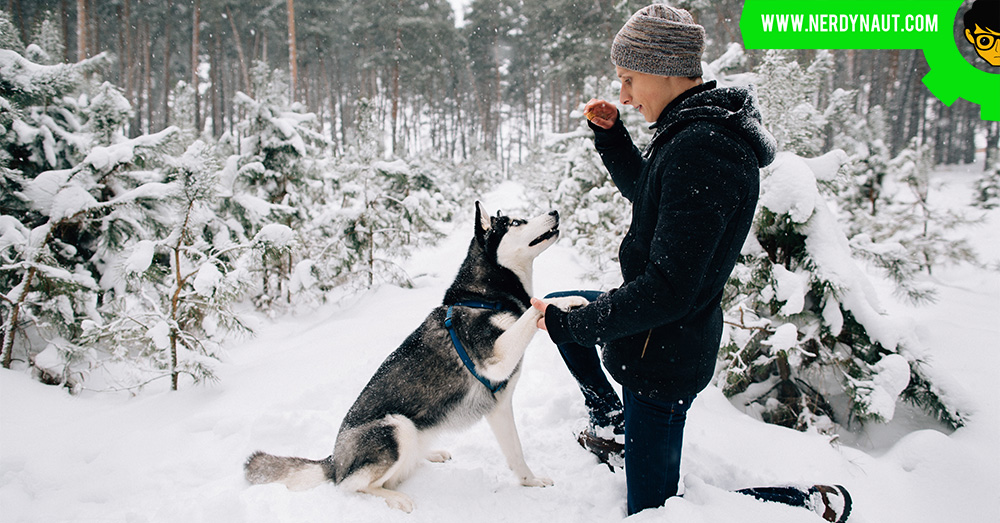Dogs can light up a house. They are full of energy and will jump around without ever seeming to get tired. But there’s a thin line between excitement and aggression in a pet. Dogs do not understand that boundary, but they can be trained to do so. Training a dog is important but much potential for mistakes. Five common errors are discussed below. Though painful and patience-wearing at times, dog training is an immensely rewarding task.
1. Not starting early
Dogs need to be trained from the beginning. Though they are the cutest beings, they can become a nuisance if not appropriately trained. Imagine that you have guests over. They gush over your pet, and their children chase him around. You may want to sit down and have a chat with them. But your dog is still very energetic and wants people to pay attention to him. He may keep interrupting the meal until he is shut out of the room. Hence, dog training should begin as soon as you bring it home. No matter how much you love your dog or how amiable he is, he will need to be trained. Moreover, you can visit this site to find a complete guide on dog training as there is much to learn to become a dog trainer.
2. Mixing training modes
Pets learn through positive and negative reinforcement. Social behaviour is associated with a reward, and unpleasant habits are linked to punishments. Owners can give their dogs a treat when he performs a trick correctly or poops in a designated place. They can punish the dog by withholding attention when he barks at neighbours. However, reinforcement and correction should not be mixed in the initial stages of training, or it may create an unpredictable and stressful environment for a dog.
3. Not being consistent
Dogs get confused when their human parents do not react to behaviour consistently. It is essential to teach a lesson for bad behaviour and reward for good consistently. For example, you may firmly tell your dog to stop when it chews on your shoes. But you may not do the same when it tries to chew on an old pair of slippers. The dog will then feel uncertain about his behaviour and may think it is acceptable.
4. Correcting harshly
Dogs are very sensitive. They get scared when they are treated harshly and do not open up to owners. Rather than using physical corrections or shouting at your dog, you should use subtle ways to reprimand them. This can be done by clicking your tongue, withdrawing attention or calling for a time out. Electronic dog collars are also useful in training as they produce mildly unpleasant sensations when it misbehaves.
5. Not proofing behaviour
Often considered the last stage of training, proofing tests a dog’s learning by repeating a behaviour in a variety of surroundings. You may have trained your dog to sit on command in the living room. But the dog may not do the same when it is outdoors or at the veterinarian’s clinic. Dogs do not generalise behaviour like humans. Hence, proofing habits are essential. You will need to practice a specific routine with them at different locations by adding different levels of distractions.

